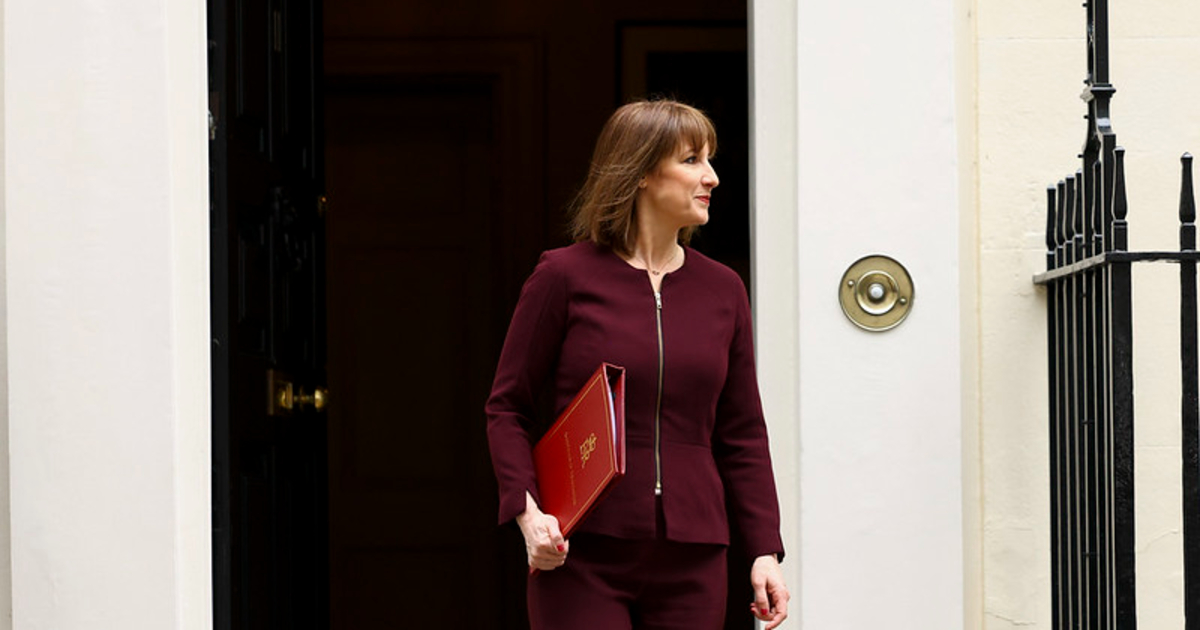What are tax codes, and why are they important?
In this guide, we will go through everything you need to know about those little letters on your payslip. If they are incorrect, you may be paying more tax or less even, so it is essential to see if they are correctly applied.
What is the purpose of a tax code?
Employers use tax codes to calculate tax deductions through the PAYE (pay as you earn) system. HMRC sets your tax code after working out how much you should pay via deductions (from your salary) based on your circumstances. Tax codes are usually passed on from one employer to the next via the P45 (leaver) form. In the absence of a P45, standardised codes are used depending on the employee’s personal circumstances.
How does HMRC work out the code?
HMRC works out your tax code based on your income, mainly using previous years’ data. There may be adjustments for current-year declarations your employer(s) make about your payroll, such as taxable benefits you may be receiving. HMRC often issue revised tax codes throughout the year as and when required (for example, after receiving more information on your income, like a tax return).
What do the numbers and letters of a tax code mean?
The numbers show how much tax-free allowance you get in the tax year, so in the current 2025/26 tax year, 1257 would mean that your tax-free allowance is the standard £12,570 (you get taxed on your earnings over this amount).
The letters refer to your circumstances, as in if you have two jobs, lost your P45, or perhaps your income falls into the higher rate tax band.
Here are examples of the most common tax codes umbrella employees will come across:
L – Standard tax code – You are entitled to a personal tax allowance or tax-free amount.
0T – Temporary tax code – This is typically used when a new employer does not have any tax code information (either P45 or starter checklist) from the new starter. It is usually corrected within a month or two based on HMRC’s advice.
BR – All income taxed at the basic rate (20%) – typical for second jobs where the first job has used up the standard allowance and where the total income is below £50,270
D0 – Tax is deducted from all income at the higher rate (40%), no tax allowance applied, typical for a second job where the total income is above £50,270
W1M1 – W1 (week 1) and M1 (month 1) are emergency tax codes and appear at the end of an employee’s tax code. In this instance, tax is deducted only on what you are paid in the current pay period, not the whole year.
K – Tax codes with the letter K refer to tax owed for company benefits, pension income or tax owed from previous years exceeding the personal tax allowance. K675, for example, means that your income plus £6,750 is being taxed. This is one of the codes to look out for. If you have been issued a K code and you usually submit personal tax returns every tax year, you might want to check with HMRC; otherwise, you might be paying too much tax in advance!
What tax code should you be on?
As an umbrella worker with one employment, no taxable company benefits and no additional income (like pension income), you should be on the standard 1257L.
Sometimes, when the personal allowance changes, like when someone stops receiving a company car, HMRC will send out a notice of tax code change (known as the P6 form). When this happens, have a look and see if it is correct. If you think there is a mistake (it happens often), contact your umbrella employer or even HMRC if you know where the problem might be.
What are emergency tax codes?
When you leave employment, you get issued a leaver’s form (P45) to give to your new employer. The form helps them to put you on the right tax code. However, Umbrella workers often change firms too quickly for the form to be issued in time, so they start employment with a new firm without a P45 form in hand.
In this case, your new employer will ask you to complete a starter checklist, and you will be put on an emergency tax code so that the payroll can commence; if the code is not correct, HMRC will issue a new one once the first monthly payroll submission is made.
What to do when your tax code is incorrect?
There are a couple of ways you can have your tax code amended if you think it’s incorrect, and none of them is very complicated.
HMRC introduced an online tax service for which you can sign up here. After you create an account, the service allows you to check if anything affects your tax code; you can see and amend employer or pension provider data. Most importantly, you can ask them to change your tax code. There is, of course, the traditional route of calling HMRC on the general income tax enquiry line (0300 200 3300) and having your tax code changed. Ensure you have your NI number handy, and be prepared to answer a few questions about your annual income.
We hope this article helped to answer some of your questions. If you’d like to see what SmartWork can do for you, please do not hesitate to contact us at 0800 434 6446 or via e-mail at info@smartwork.com.
For more relevant content aimed at freelancers and contractors, please visit the guidance section of our website and follow us on LinkedIn, Twitter and Facebook so you can see when we post a new article.



